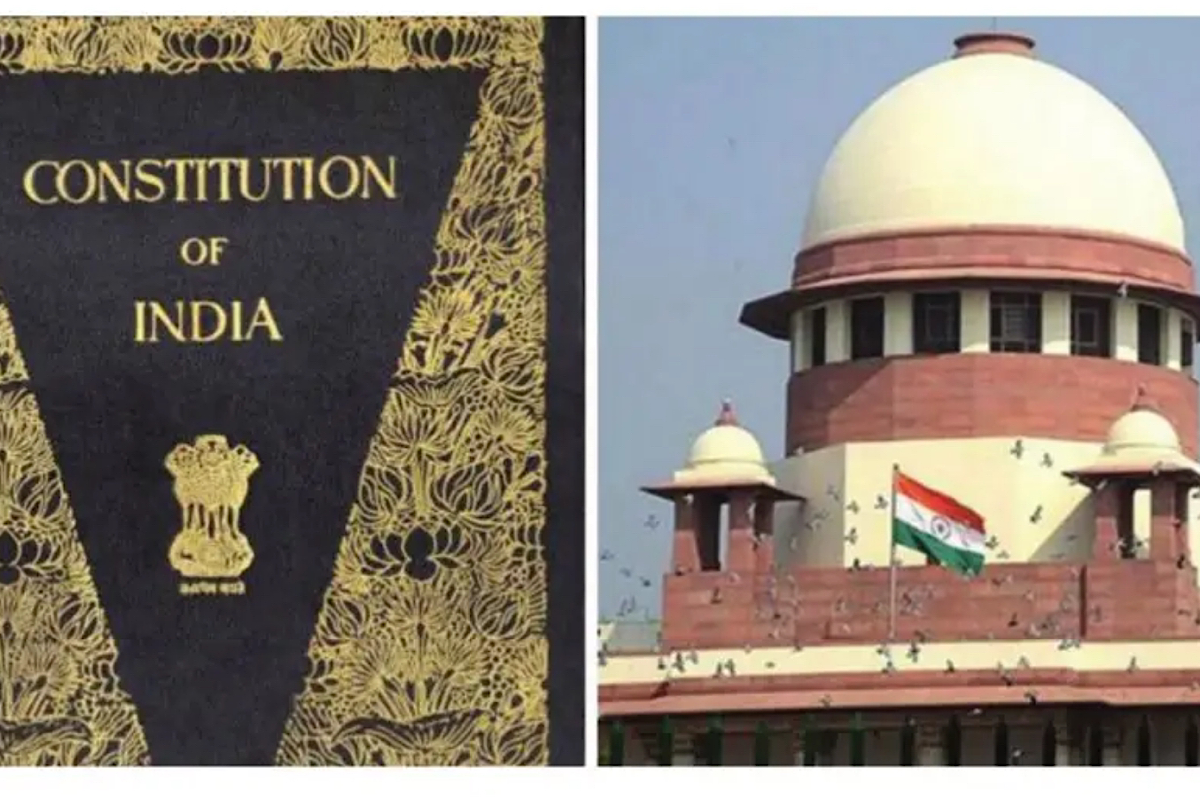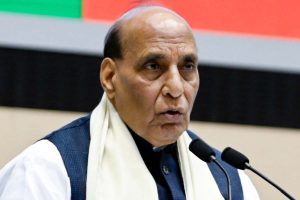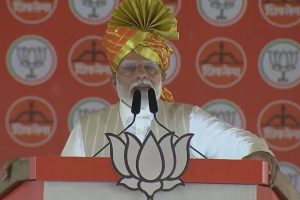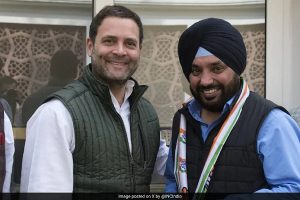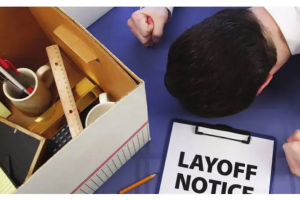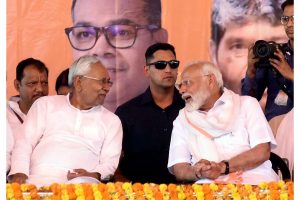The doctrine of separation of powers, which means that the legislature will lay down the law, the executive will implement the law and the judiciary will resolve disputes, with none of the three impinging on the authority of the other ~ though not mentioned explicitly in the Constitution ~ is part of the basic structure of the Constitution. However, there is the inevitable mismatch between concept and practice; all high offices are manned by individuals, often with fragile egos and empire-building propensities, so often one branch of State attempts to encroach on the turf of the other branches.
Some overlap in the functions of the three branches is unavoidable; good governance sometimes requires that an executive body exercises some basic legislative and judicial functions also. So, we have public utilities that also have rule making power, and a rudimentary dispute resolution mechanism. The legislative and judicial powers of such bodies is not unregulated; a specialised branch of law, namely, Administrative Law, governs the functioning of such bodies. Similarly, Public Interest Litigation is an encroachment in the Executive’s domain by Courts, and sometimes the legislature enacts laws to sidestep court decisions, thereby transgressing into the judicial domain.
Some aberrations notwithstanding, generally, things go smoothly with each organ of the State recognising its borders, except when some strong personality decides to change the status quo. For example, Jawaharlal Nehru always stood up for democratic institutions but his daughter, Indira Gandhi, in a hurry to bring change, wanted to control both the Judiciary and Legislature. A tragic sequence of events ensued; thwarted by Courts, Mrs. Gandhi declared an Emergency, thousands were imprisoned, lakhs were forcibly sterilised, and plumbing the depths, the Supreme Court refused to stay the hands of the Executive, going on to declare that citizens had no rights during Emergency.
Indian democracy soon reasserted itself, voting Mrs Gandhi, and her party, out of power. Changes made to the governance structure by Mrs Gandhi were soon undone by her successors. Presently, behind the scenes, a confrontation between the executive and judiciary appears to be brewing. Soon after a sweeping victory in the 2014 Elections, the new Government brought the 99th Constitutional Amendment Act 2014 and National Judicial Appointments Commission Act 2014 which created the National Judicial Appointments Commission and laid down the process for recruitment, appointment, and transfer of judicial officers, including judges of High Courts and the Supreme Court, legal officers and legal employees under the Government of India and all State governments.
Both Acts were passed unanimously by both Houses of Parliament and ratified by more than fifty per cent of State legislatures. This was a red rag to the Supreme Court which viewed the enactments as a threat to judicial independence. Consequently, the Supreme Court struck down the 99th Amendment Act in its entirety ~ the only Constitutional amendment to suffer this ignominy. The Chief Justice observed: “It is difficult to hold that the wisdom of appointment of judges can be shared with the political-executive. In India, the organic development of civil society has not as yet sufficiently evolved.
The expectation from the judiciary, to safeguard the rights of the citizens of this country, can only be ensured, by keeping it absolutely insulated and independent, from the other organs of governance.” Relations between the Executive and Supreme Court have been frosty thereafter, with the Government not approving the updated Memorandum of Procedure for appointing judges of Higher Courts, and sitting on the names suggested for judgeship by the Supreme Court collegium. There have been instances where Supreme Court judges have snubbed the Government’s law officers in open court, and the Law Minister and the Chief Justice have often talked at each other in public forums.
Another of Supreme Court’s dictums namely, a ‘judicial function’ can be discharged only by an independent judicial authority, not under control of the executive, is regularly flouted by the numerous judicial tribunals that have bureaucrats as ‘technical members,’ statutory regulators like the Securities and Exchange Board of India, and the Competition Commission of India (CCI) which are manned by bureaucrats and, bureaucrats designated as adjudicatory officers in a number of legislations, such as Prevention of Money Laundering Act 2002, Information Technology Act 2001, Food Safety and Standards Act 2006 and now the Jan Vishwas Act 2022, which creates adjudicatory officers under 42 Acts. These statutory regulators and adjudicatory officers are empowered to discharge judicial functions including imposing monetary penalties ~ essentially a judicial prerogative.
Notably, all tribunals created by Parliament did not pass the constitutional validity test; several tribunals like the National Tax Tribunal were held to be ‘unconstitutional’ by the Supreme Court. Now, even the option of approaching a tribunal is becoming increasingly difficult because many vacancies hamper the functioning of most tribunals. Hearing a PIL in 2021 for appointment of members to various tribunals, the Supreme Court noted that 15 major tribunals had been rendered virtually defunct, by not filling many vacancies of presiding officers, judicial and technical members, for long periods.
Despite similar observations in several cases, the same situation persists to this day. Rather, the Government has merged eight tribunals in other tribunals by the Finance Act 2017, and abolished eight tribunals by the Tribunals Reforms Act, 2021. Needless to say, this state of affairs has enhanced the power of the bureaucracy, whose decisions are now mostly unchallengeable. Recently, the Vice-President publicly questioned the quashing of the 99th Amendment and NJAC Act by the Supreme Court.
The Vice-President has also questioned the concept of the basic structure of the Constitution, enunciated by the Supreme Court, more than half a century ago. According to the Vice-President, Parliament is supreme, and the Judiciary and Executive are subservient to it. This view has the potential of destroying the fragile equilibrium that has emerged after so many years, between the three organs of State. More importantly, should this interpretation be accepted then the intricate system of checks and balances laid down by the Constitution, will come to nought. In this context, the recent judgement of the Supreme Court in Sita Soren’s case may add another dimension to a vexed problem. Essentially, the Court held that there was no legislative immunity from prosecution on a charge of bribery in connection with a vote or speech in the legislature.
Thus legislators who cross the floor, for monetary or other considerations, could now be charged with bribery. With law enforcement agencies often targeting legislators, and holders of high offices, and a surfeit of political skulduggery doing the rounds, there is a real danger of many more dignitaries landing in the police net. In an earlier case, the Supreme Court had held that acts of vandalism in the legislature were not covered by legislative privilege. Thus the absolute immunity enjoyed by members of Parliament, on the pattern of the privileges of the British House of Commons, no longer exists, neither in theory, nor in practice.
The last word on the balance of powers of the Executive, Legislature and Judiciary is yet to be said. However, the common man, for whose benefit all institutions were created and to whose welfare everyone pays lip service, is left out of the picture – he can only vote every five years to replace Tweedledum by Tweedle-dee. What Abraham Lincoln said more than one hundred and fifty years ago about Americans and the American Constitution, holds true for India and the Indian Constitution: “Our safety, our liberty, depends upon preserving the Constitution of the United States, as our fathers made it inviolate. The people of the United States are the rightful masters of both Congress and the Courts, not to overthrow the Constitution, but to overthrow the men who pervert the Constitution.”
*The writer is a retired Principal Chief Commissioner of Income-Tax)

